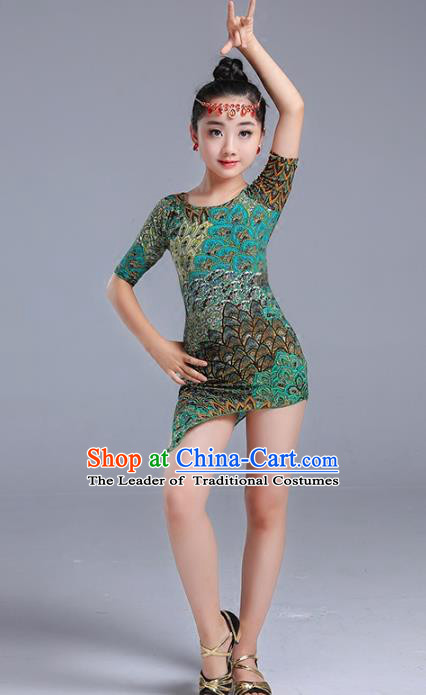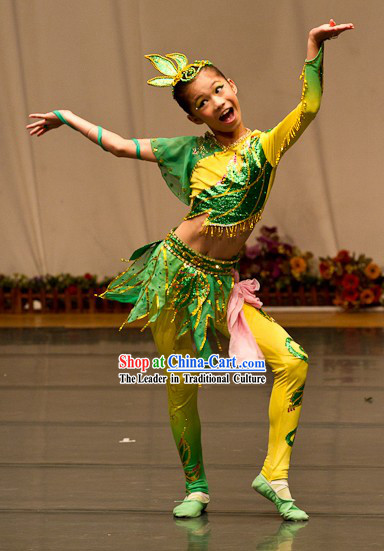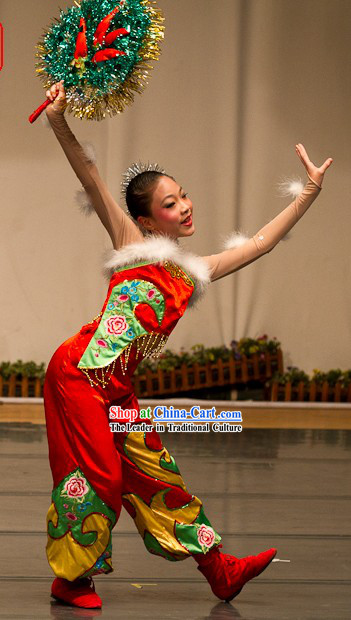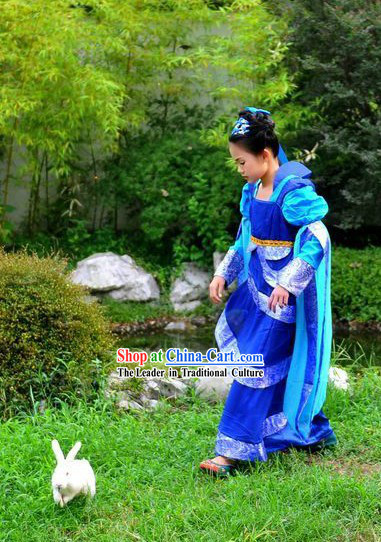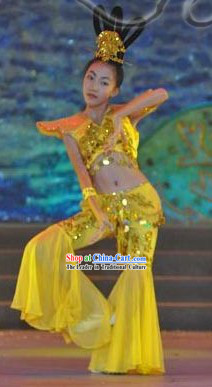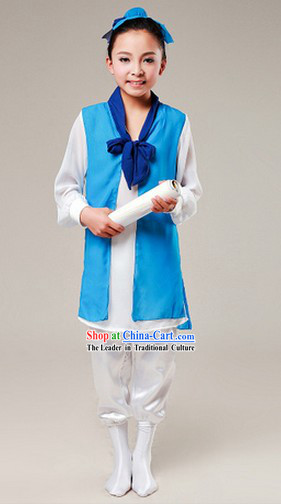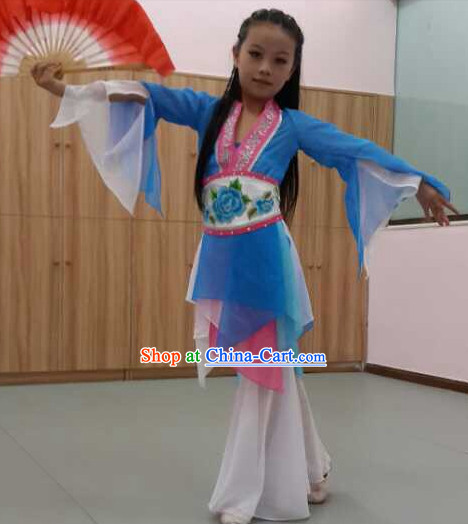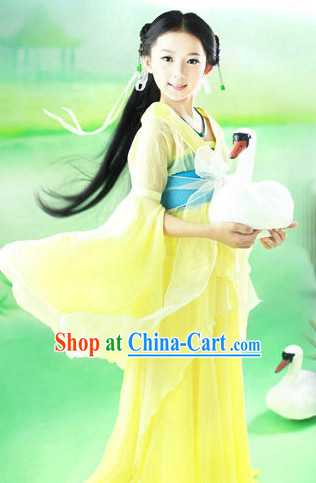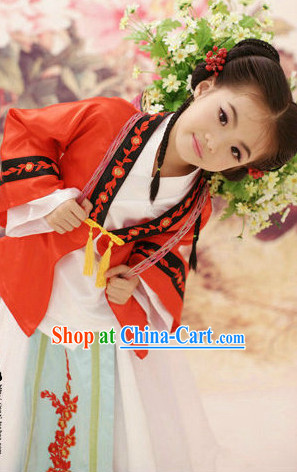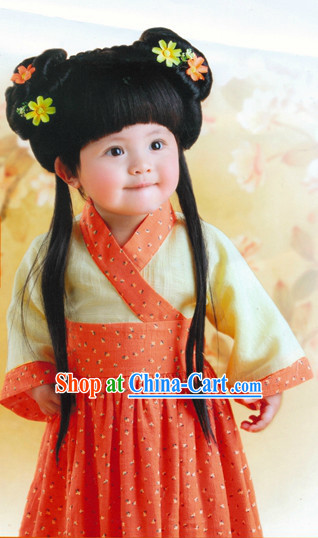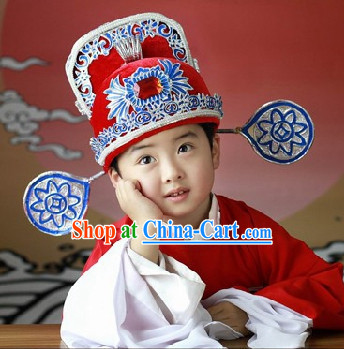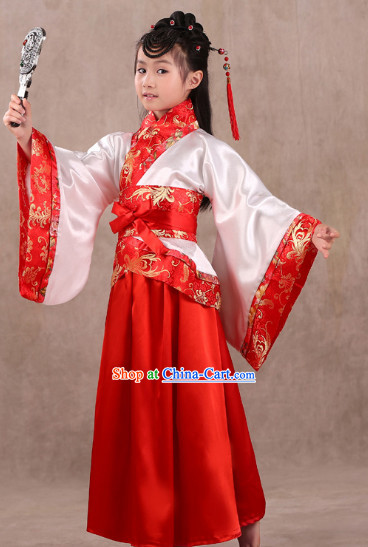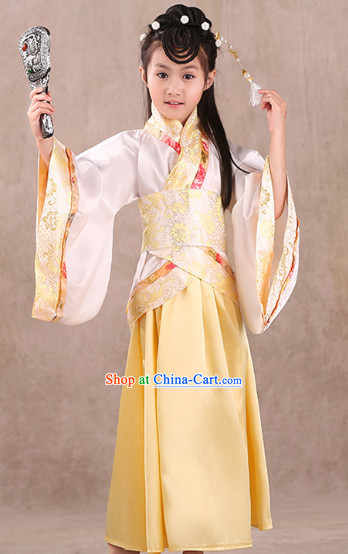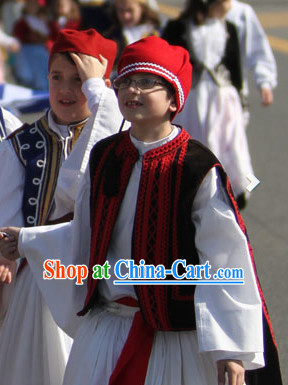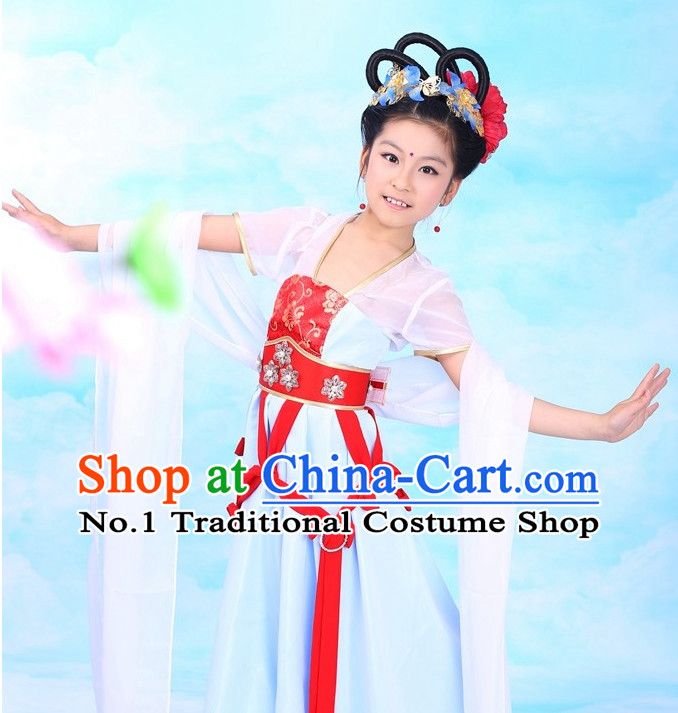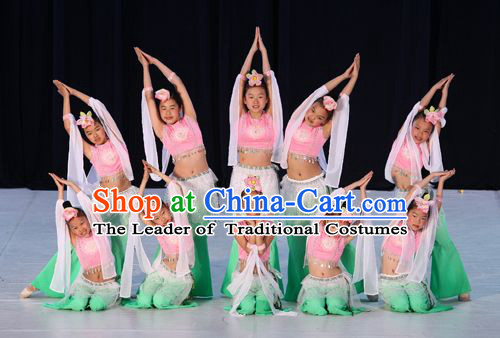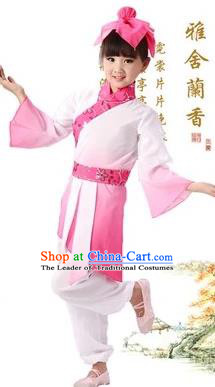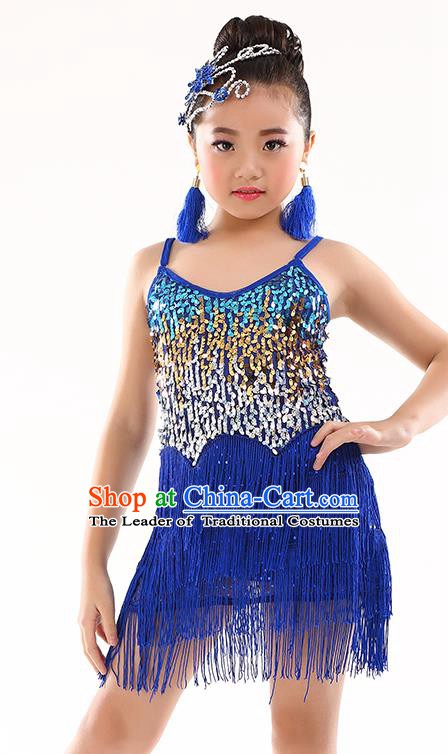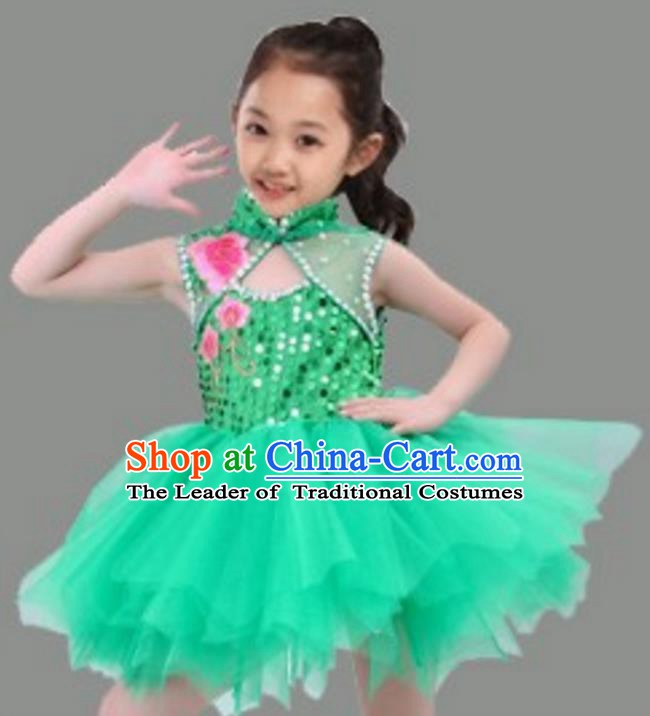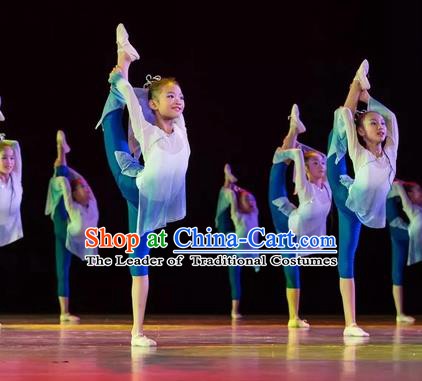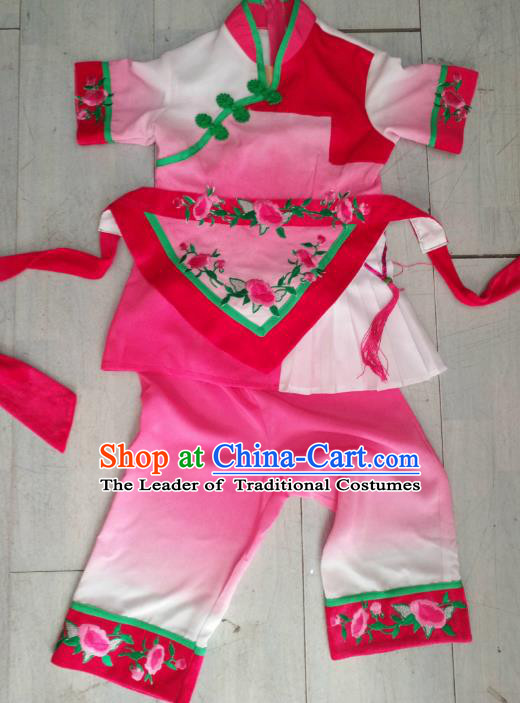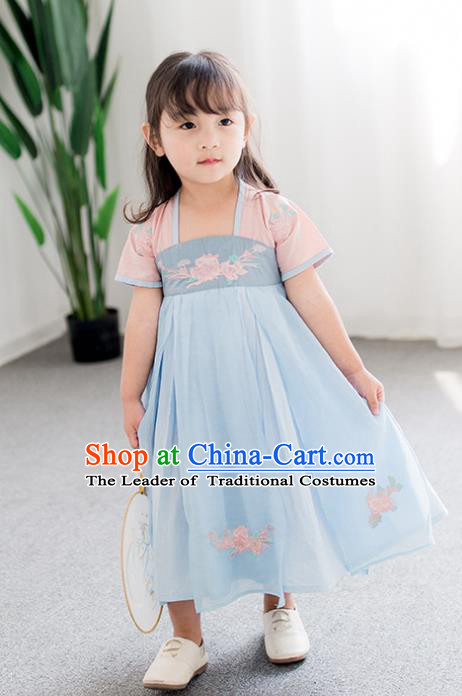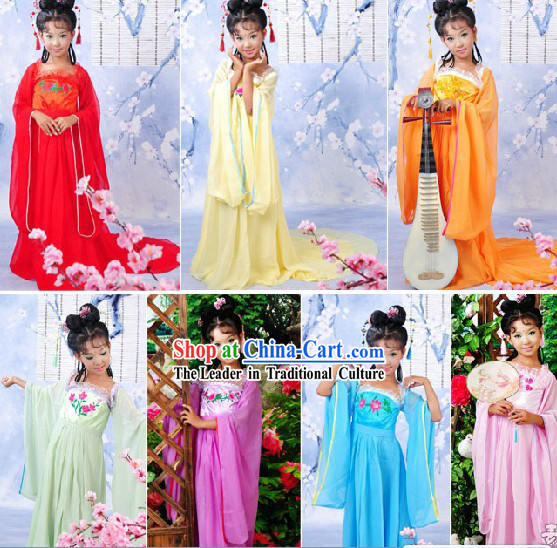
Click Related Pictures for More Audios:
These Chinese classical costumes, including Hanfu and Tang suit, are famous for their rich cultural connotations and historical significance.
They represent the essence of ancient Chinese culture and showcase the aesthetic views, values, and lifestyles of ancient Chinese people.
These costumes not only have unique designs and craftsmanship but also carry profound historical backgrounds and cultural heritage.
Hanfu is one of the traditional costumes in China, originating from the Han Dynasty (206 BC-220 AD) and developed and improved in subsequent dynasties.
The design of Hanfu emphasizes smooth lines, harmonious colors, and respect for the natural environment.
It usually consists of a long robe, pleated skirt, waistband, and headdress, each with specific symbolic meanings.
For example, the wrinkles on the long robe can indicate social status and class, while the patterns on the waistband may represent auspicious symbols or family emblems.
The color of Hanfu is also very important, usually dominated by red, which symbolizes joy and auspiciousness.
Tang suit is a traditional costume from the Tang Dynasty (618-907 AD), known for its gorgeous, delicate, and open design style.
Tang suit usually consists of a long robe, pleated skirt, waistband, and headdress, each with specific decorative elements.
For example, the wrinkles on the long robe can be decorated with gold and silver thread embroidery, silk embroidery, etc.
The patterns on the waistband may represent auspicious symbols or family emblems.
The color of Tang suit is also very diverse, usually dominated by yellow, which symbolizes royal authority and noble status.
In addition to Hanfu and Tang suit, there are other Chinese classical costumes such as Song suit, Ming suit, etc.
These costumes all have unique design styles and cultural connotations, reflecting the aesthetic views and lifestyles of Chinese people in different historical periods.
By appreciating and learning these costumes, we can better understand the diversity and development process of Chinese traditional culture.
